The Proteas’ Test series victory over top-ranked India was marked by a clutch of positives. RYAN VREDE looks at the five most outstanding.
I didn’t think the Proteas would bounce back from the 113-run first Test defeat in Centurion. I described the defining characteristic of that defeat as “weak-minded” because it featured a distinct inability to respond successfully to the pressure India exerted.
Remedying that, I thought, would require a prolonged period of time. Instead, the Proteas found their groove in the next Test, batting their way to victory on a tough fourth-innings pitch at the Wanderers. To back that up with another successful chase in Cape Town spoke to a depth of talent and temperament that gives hope for a bright future.
It would be remiss not to credit disciplined and often brutal bowling for their success. The potency of the collective overwhelmed some of the world’s best batters to give their own batters a chance, which they duly took.
There is a lot to be positive about, but these are my five standout features of a historic series victory.
Dean Elgar’s defining knock
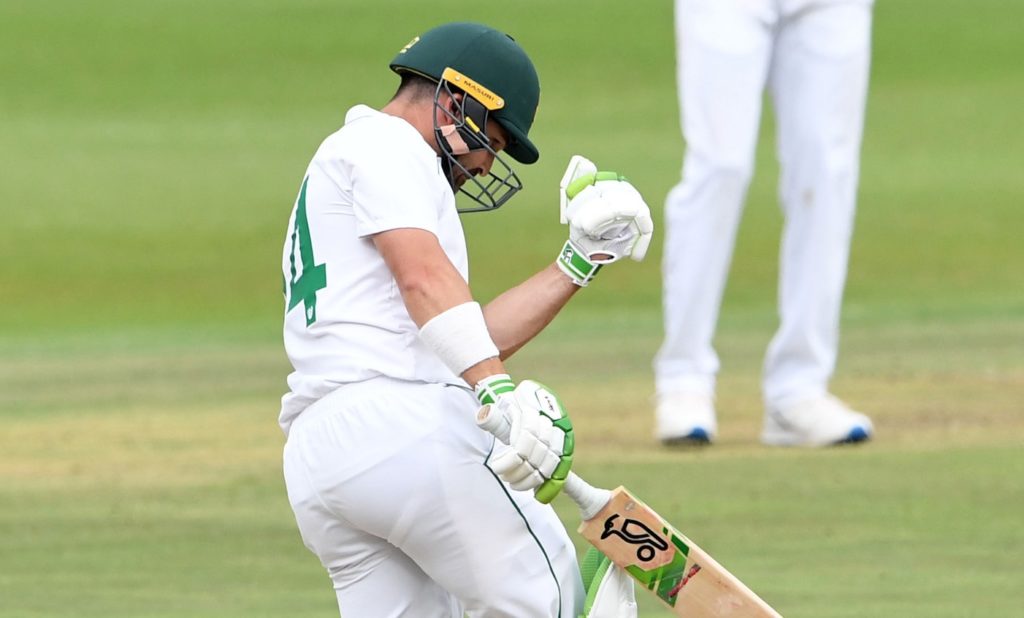
In my view, Elgar’s second-innings 96* at the Wanderers was the most important knock of his career. Falling four runs short of a 14th Test century shouldn’t diminish the immensity of the feat.
Elgar would have already commanded huge respect in the change room pre-captaincy, but the Wanderers knock would have impacted his team differently and elevated him as a leader. Privately, the knock would have rid Elgar of any impostor syndrome. I watched his body language at Newlands. He carried himself differently.
He had a presence he hadn’t had before. A surety pervaded everything he did. I think that was birthed in the preceding Test through one of Test cricket’s great captain’s knocks.
The emergence of Keegan Petersen (and Temba Bavuma’s rise)
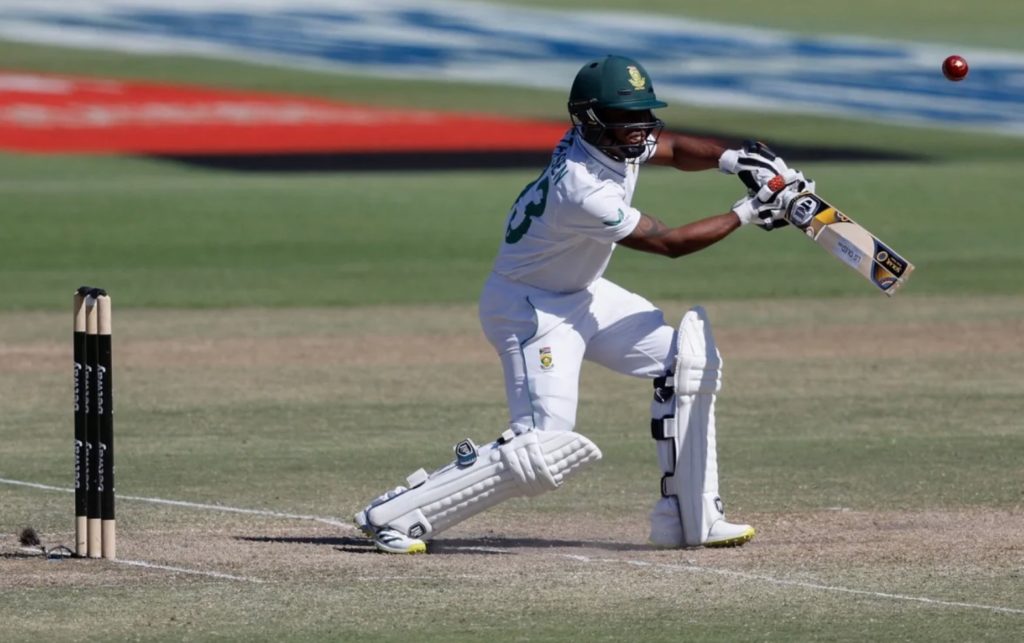
South Africa’s batting issues are well documented and came to the fore again in Johannesburg, where they were dismissed for under 200 twice.
Arise, Sir Petersen. OK, that’s hyperbolic to a degree, but the 28-year-old’s form was central to the Proteas’ success. He scored three half-centuries in his last four innings of the series and did so coming in under pressure after the loss of an early wicket.
His second-innings knock at Newlands was among the best I’ve seen in a chase in the past 15 years. It was made so by the fact that he was up against a world-class attack who extracted everything they could from an unpredictable wicket. Their efforts came to naught because they were up against a player who looked like he was born to play at the game’s elite level. The Proteas have a treasure in him.
Petersen finished as the series’ leading run-scorer, but Temba Bavuma’s rise was another success story. The value of his performances can’t be quantified in runs alone.
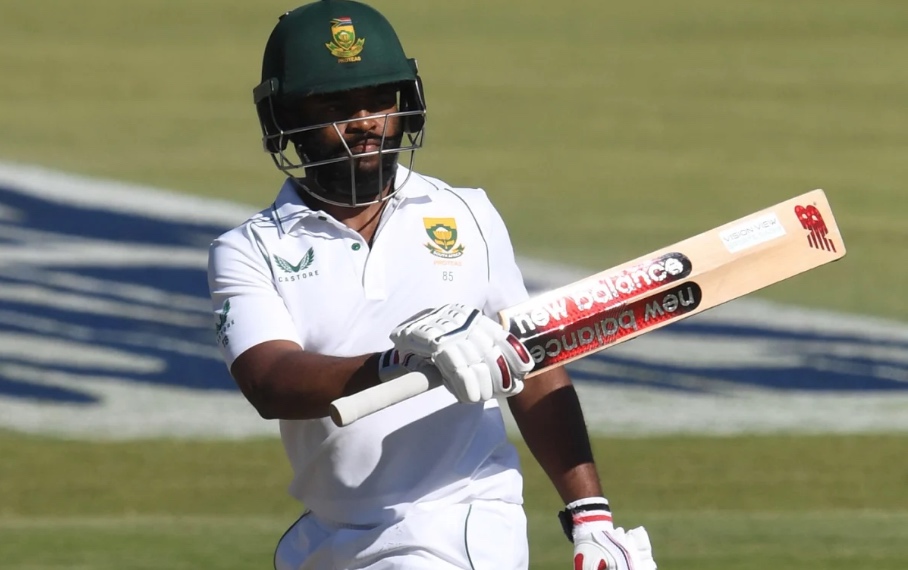
Bavuma came into the series averaging just 31 after 73 innings, with just one century, which came in January 2016.
But he was a study of concentration and refined technique against some of Test cricket’s elite bowlers. He was the standout with the bat in the first Test, then got a half-century in the first dig at the Wanderers, before playing a pivotal part of the run chase. It was fitting that he was unbeaten at the crease as the Proteas won the series.
He averages 63.80 in his last 10 innings, suggesting that he has found a method that is replicable and highly effective. Long may it continue!
The pair were the standout batters in a batting contingent that showed tons of character to chase down imposing totals on deteriorating wickets.
ALSO READ: Petersen leads Proteas’ pursuit of consistent potency
Bowling discipline and the birth of a brute
I feel like the Proteas bowling unit graduated to a new level in this series. Any astute observer could tell that they’ve been the best feature of this team under Mark Boucher. But they were inconsistent and looked short of answers when the world’s elite batsmen faced them.
It appeared that this would be the case once more when India scored 327 in the first innings in Centurion. However, they rebounded brilliantly in the second innings and continued to exert pressure on India for the remainder of the series.
Their potency wasn’t only built on pure speed. Indeed, it had very little to do with that. It was rooted in their ability to adhere to clear plans for each India batter.
Virat Kohli, for example, was made to call on all his powers of concentration in the Newlands Test as the Proteas seamers relentlessly pounded it down back of a length and at a fifth stump line. Kohli’s first-innings 79 came off 201 deliveries, a virtual snail’s pace in the context of his aggressive nature. He eventually succumbed to the barrage, knicking off, as he did in the second innings – Kagiso Rabada and Lungi Ngidi winning those respective battles.
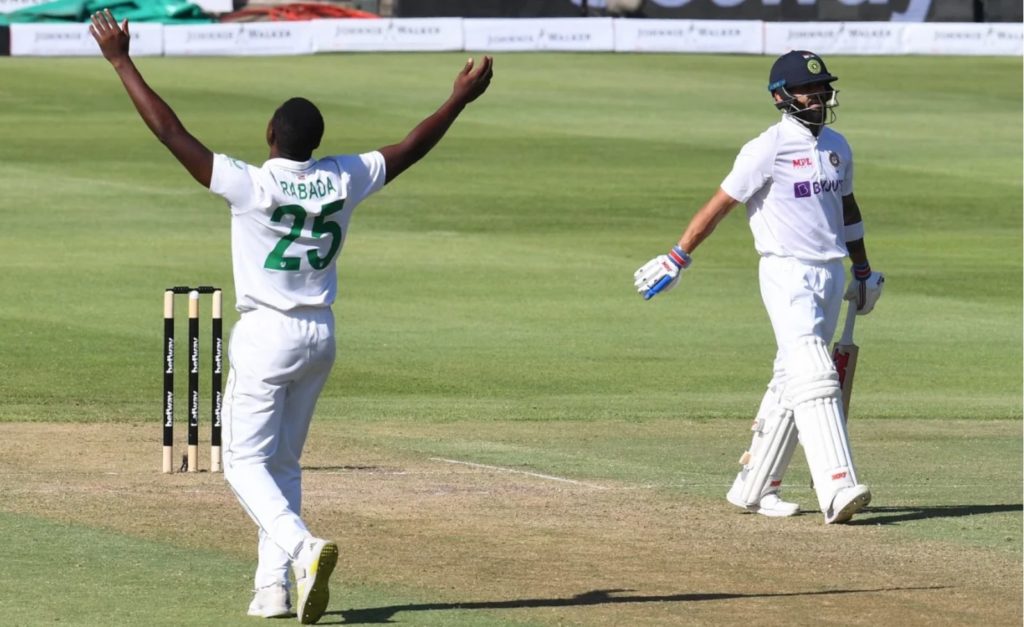
Rabada finished as the leading wicket-taker off the back of bowling performances that harked back to his best, while Ngidi bowled with maturity, intelligence, skill and speed.
However, Marco Jansen’s emergence was an unexpected gift from the cricket gods. He gave the attack variation a brutal edge that it’s lacked in recent years.
The 21-year-old is raw and thus makes rookie mistakes. Yet, what he lacks in these facets of his game he makes up for in temperament, a pit-bull mentality and pure speed. He finished with just one wicket less than Rabada, having bowled 13 fewer overs. That is a telling return for a rookie.
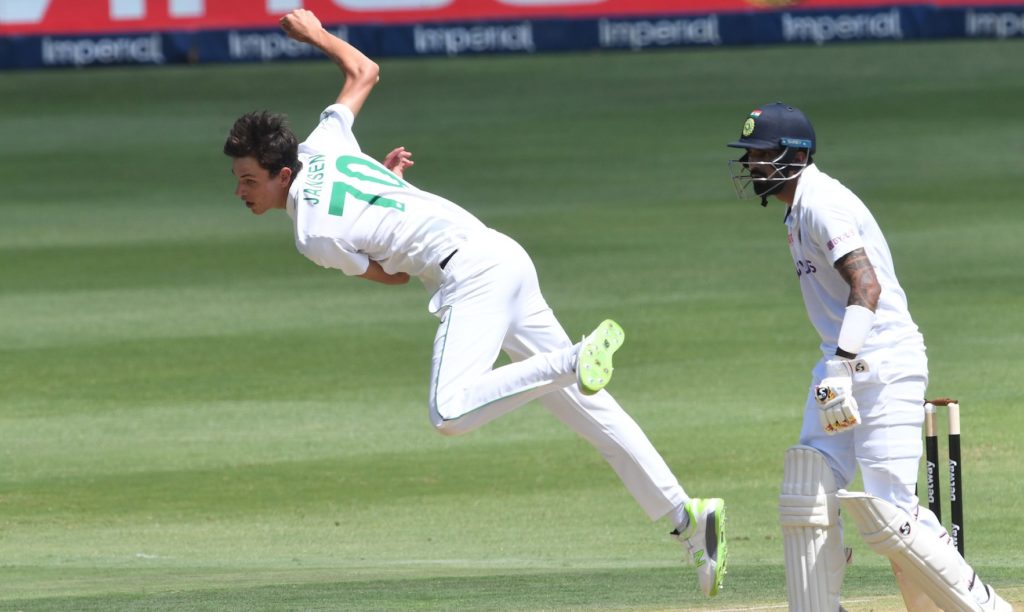
He is no lower-order bully, either. His 19 wickets feature those of Virat Kohli, Ajinkya Rahane, Mayank Agarwal (2), KL Rahul (2), Rishabh Pant (3), and Cheteshwa Pujara (2). He is a star in the making.
The Proteas seamers outbowled India’s collective 59 wickets to 43 wickets. This is without Anrich Nortje, who is one of Test cricket’s finest speedsters.
One can’t help be optimistic about how this attack can develop.
Quinton de Kock’s retirement
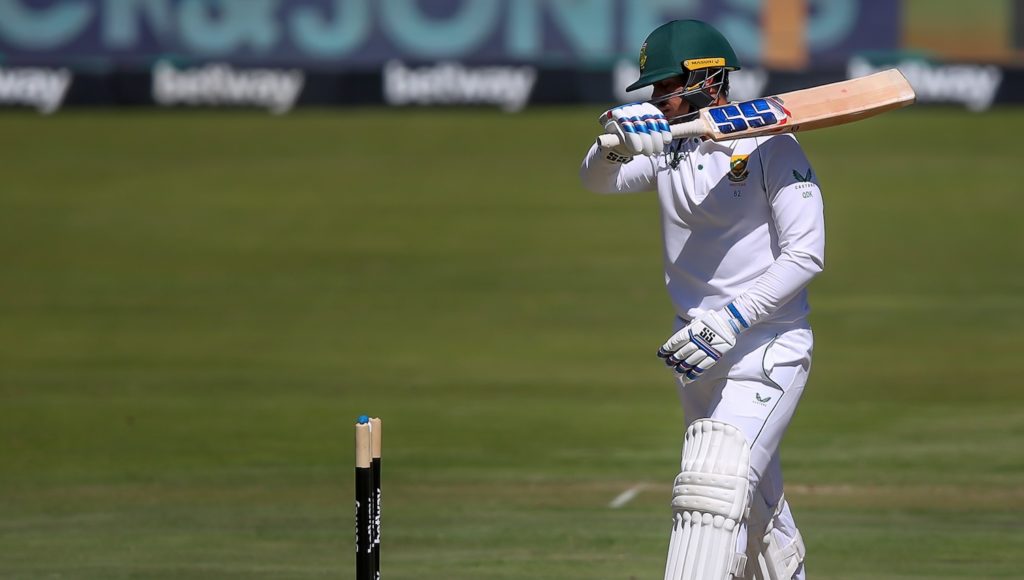
OK, whoa, get out of the comments and hear me out.
In the wake of De Kock’s retirement, I wrote a piece that argued the Proteas may be better without the version of the player who retired.
“It felt like De Kock, ground down by Test cricket’s demanding schedule, bubble life, and the experience of captaincy, had fallen out of love with the format,” I wrote. “He could perform his role, sure. But the love was lost.
“Love makes you care, and in a cricketing context, De Kock’s carbon-copy dismissals in Centurion reflected a lack of care. This is not an accusation, just an observation.
“In many ways, I understand why De Kock could not care. Once the love was lost, De Kock couldn’t will his heart and mind to find it again.”
I offered that the Proteas lost nothing by losing this version of De Kock. Indeed, Dean Elgar intimated that his absence in the dressing room was positive.
“If you’ve got guys moving away from the side, it’s a bit of a challenge to pull them in,” he said in the post-match interview in Cape Town.
I’m not sure De Kock was toxic. I’m just not sure that version of him added anything of value to the group.
They were able to move forward without him in emphatic style, beating the No 1-ranked side in Test cricket, twice. De Kock’s successor, Kyle Verreynne, has yet to translate his talent into consistent performance. His domestic record and moments at the crease in Test cricket, suggest, given time, he can come good.
The Proteas and their fans will do well to move on from De Kock. South Africa has a history of producing world-class wicketkeepers. If not Verreynne, the next one is out there somewhere.
Outstanding fielding
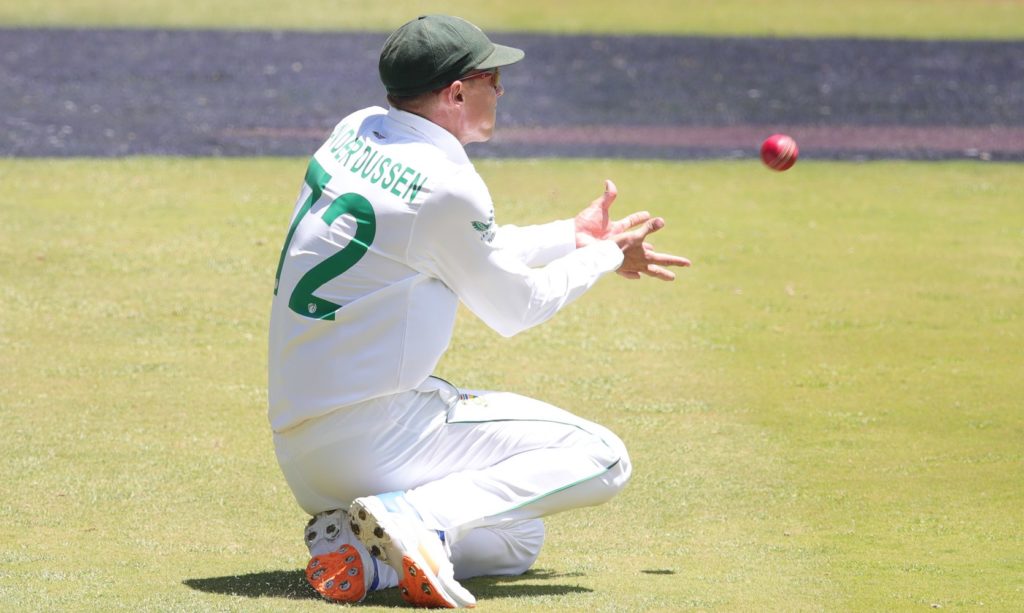
The Proteas were largely lethargic and flat-footed in the first Test but found a new gear in the second and third which contributed significantly to their success.
The Proteas had a presence in the field, which compounded pressure on the India batters. This, coupled with the aforementioned pressure the bowlers created, made for an environment that demanded peak application at the crease.
You saw the Proteas’ deep desire to win in the way they chased the ball to the boundary or swept to stop a single, and changed between overs. A team’s mindset is reflected in these things, and the Proteas went for long periods in critical sessions carrying the presence elite teams have in the field.







